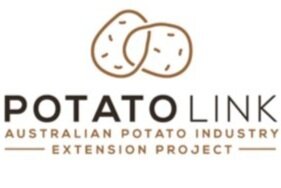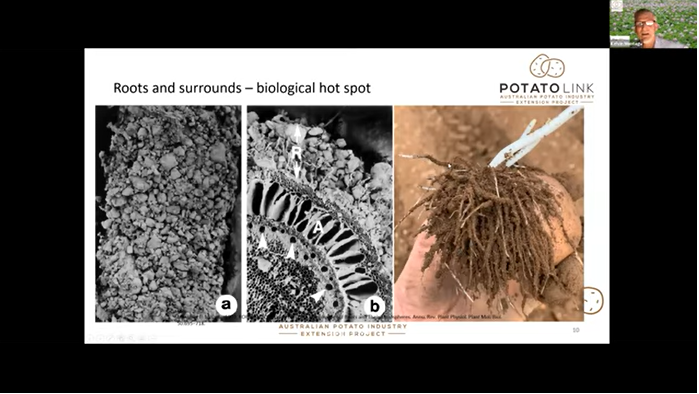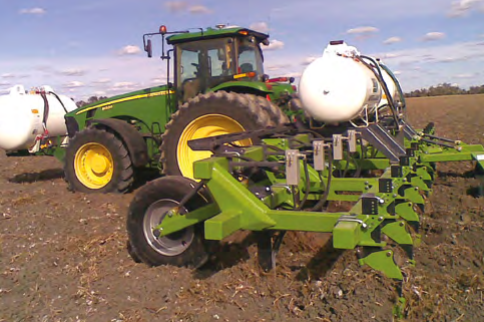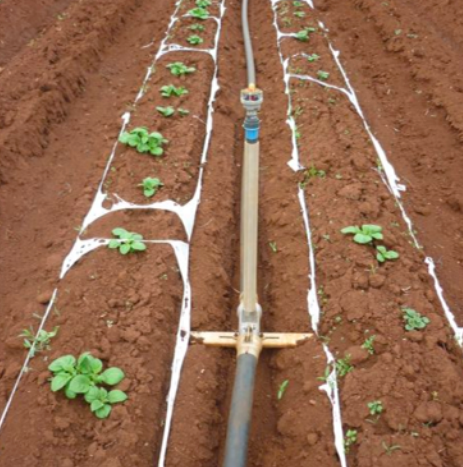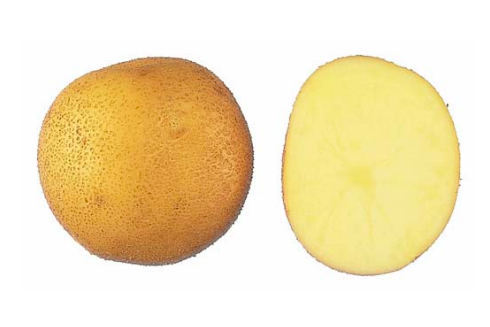Soil Physics 101
Understanding and managing the interacting components of soil health - physical, biological and chemical factors - is essential to create robust and productive soils that are able to sustain commercial potato production. This PotatoLink magazine article examines some aspects of soil physical properties and how they impact agricultural practice (and how agricultural practices impact soil physical properties).
Using legumes to supplement nitrogen
The world may be easing its way into post-pandemic normality, however latest market research shows that this will have limited impact on the historically high prices of nitrogen and imported fertilisers for Australian farmers. This PotatoLink magazine article provides tips on getting the most nitrogen out of your legume cover crop.
Legumes in rotation with potatoes- an alternative nitrogen source
In this webinar Dr Kelvin Montagu and Peter O’Brien discussed the principles of using legumes as an alternative nitrogen source, the importance of legume inoculants and considerations for best results in potatoes.
Nitrogen fertiliser price and supply: management options in difficult conditions
In this Soil Wealth & Integrated Crop Protection (SWICP) webinar recording, you’ll hear from Kelvin Montagu, Doris Blaesing and Marc Hinderager about management options for the vegetable industry covering topics such as adding nitrogen using legumes, optimising fertiliser practices, reducing nitrogen fertiliser losses, soil testing and crop monitoring.
Soil Biology Master Class 2021 (Part 4 of 4): Panel session with potato growers sharing their experiences, including Q&A
Watch this panel discussion and the last soil biology masterclass with potato growers across Australia and see many of your questions answered.
Soil Biology Master Class 2021 (Part 3 of 4): Managing soil nitrogen
The third soil biology masterclass was delivered by PotatoLink team member Marc Hinderager, looking into nitrogen availability in potato and cover crops, and its impact on soil biology.
Soil biology in potato production
The 2-hour masterclass aims to provide potato growers and advisers with the understanding they need to improve soil biology, potato yields and their bottom line.
Anhydrous ammonia for vegetable crops: Could it be a viable proposition?
Anhydrous ammonia has long been used as a preplant and side dressing fertiliser in the cotton and grain industries. It results in a high retention of nitrogen in the soil, reduced leaching of nitrates through the soil and yield increases in various crops. However, it needs to be treated with care as it can cause injury to farm workers.
Evaluation and demonstration of degradable polyethylene film on Tasmanian processing potato crops
A three-year project in Tasmania was conducted on the potential benefits of using degradable polyethylene films in potato crops. This 2013 report found there was limited benefit to nitrogen fertiliser savings and yield but instead may allow for early harvest and some water saving.
Nitrogen dynamics in commercial seed potato crops and its effect on seed yield, quality, storage and subsequent commercial crop performance
This 2003 report proposes guidelines on site-specific nitrogen management using ‘real-time’ monitoring tools. By looking at plant, stem and tuber numbers, yield, tuber size and quality and previous paddock history the impact of nitrogen on a seed crop was determined.
Factors affecting specific gravity loss in crisping potato crops in Koo Wee Rup, Victoria
Between 1995-2001 specific gravity of potatoes from Koo Wee Rup declined substantially. Possible causes of specific gravity loss were explored in this report. Cultivars, crop production management and climate conditions were all investigated.
